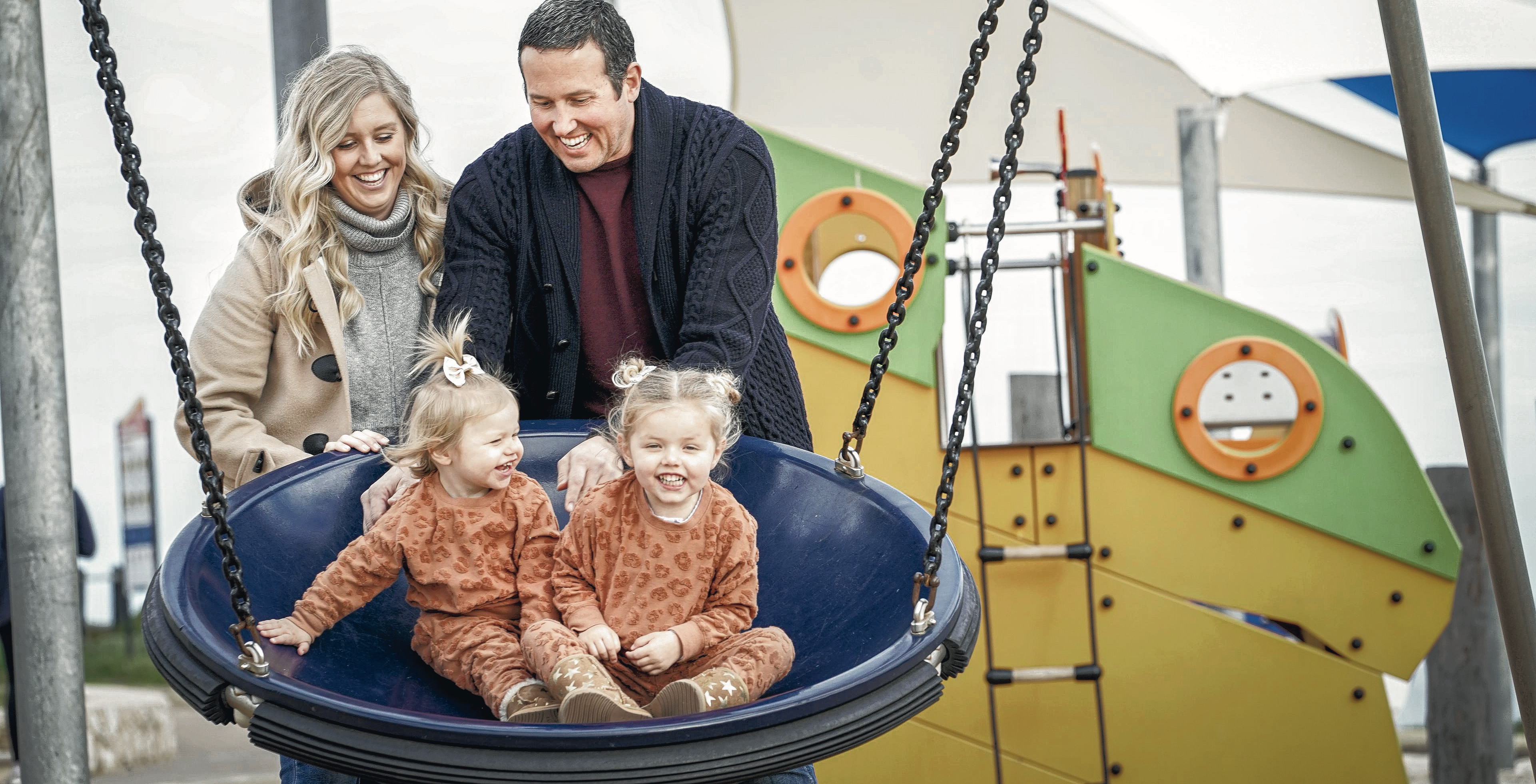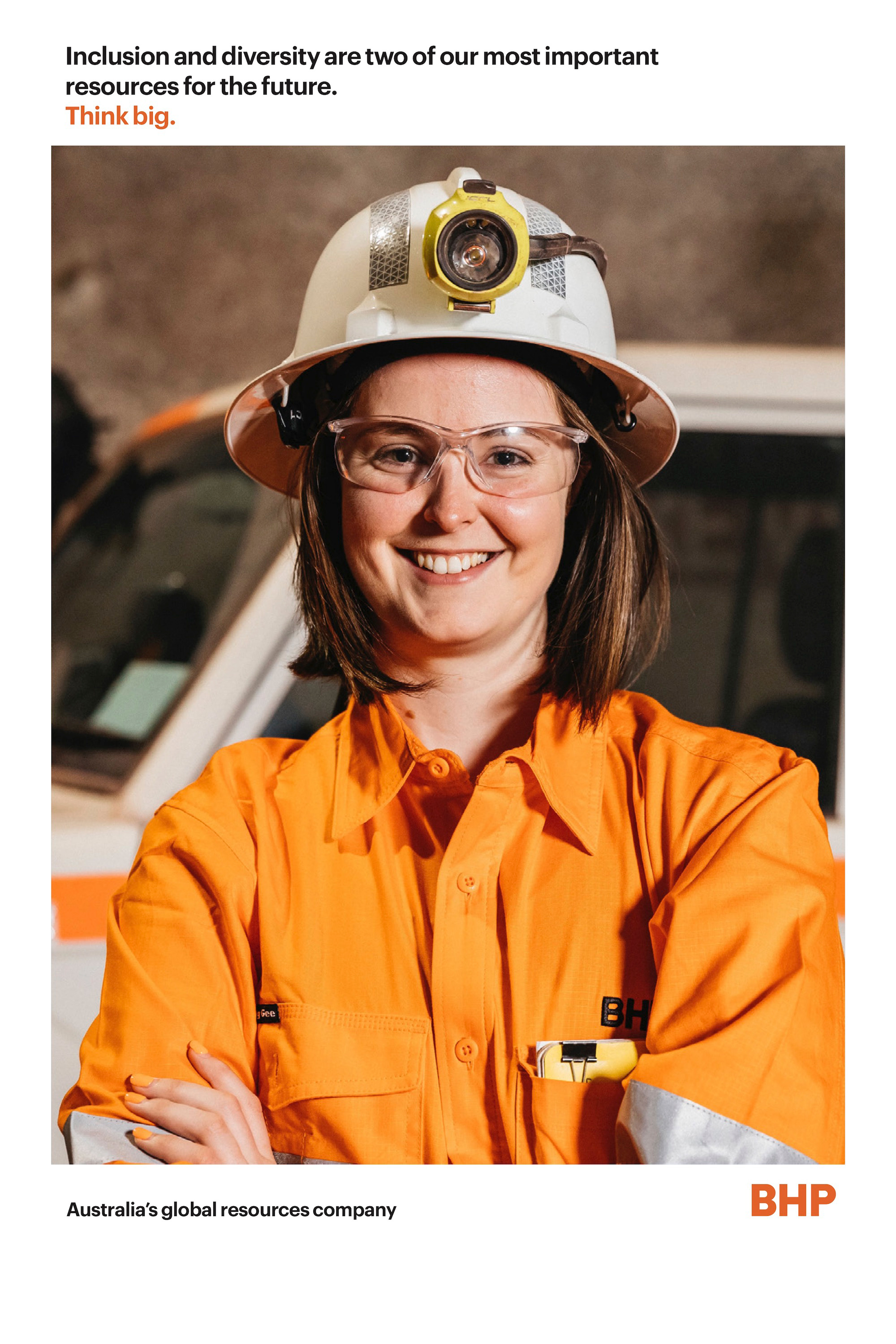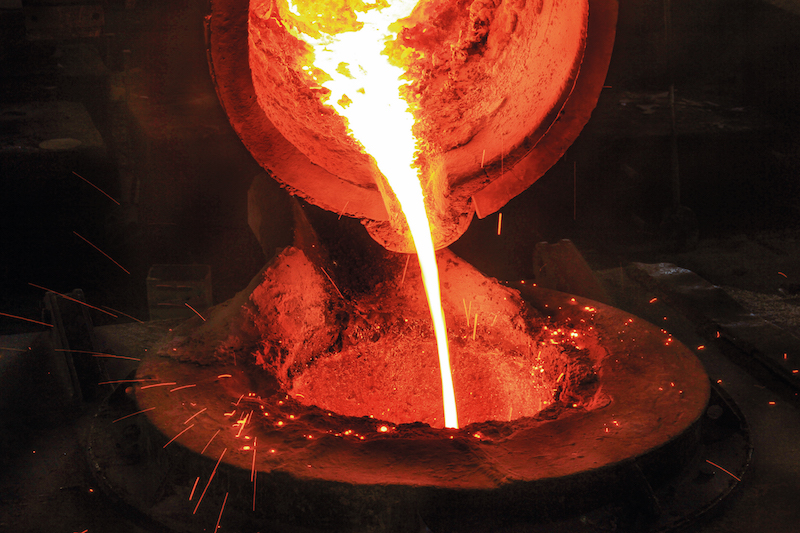Life is about balance
With opportunities to live and work all over the country and the globe, the resources sector is a drawcard for those seeking adventure. But, once their thirst is sated, most can’t wait to come back to South Australia...
Nathan Flaman’s arrival in South Australia was something of a shock to the system: landing at Adelaide Airport in the middle of a 40+ degree heatwave in January 2011, having left behind the icy cold of a Canadian winter with temperature reaching -40 degrees.
But it didn’t take Nathan and his wife, Sarah, long to fall in love with their new home. The couple found a home in Warradale, close to the ocean, where they relished the chance to walk their two dogs on Brighton Beach, a far cry from the rolling plains of their home town in Saskatchewan, Canada. “To find ourselves living next to the ocean, surrounded by wineries in whichever direction you travel, beautiful winding roads ... for the first time in my life I understood what was meant by going for a Sunday drive,” Flaman says.
Flaman migrated to South Australia to take up a role with BHP’s then uranium business group, headquartered in Adelaide.
The focus was on growing the uranium division but, when uranium fell out of favour, Flaman was moved to BHP’s Singapore office where he forecasted the price of uranium, nickel and copper and other metals. Two years later, he transferred to BHP’s London office for a six-month secondment, before returning to Singapore as head of energy market analysis. But it was Australia’s 2018 energy crisis that brought him back to Australia, this time to Brisbane where he was tasked with developing BHP’s electricity strategy.

When that project concluded, he and Sarah finally got the opportunity to return to Adelaide.
“My manager knew how much I retained an interest in trying to get back to Adelaide and offered me a permanent role as head of commercial business partnership for Olympic Dam, which we were ecstatic about,” Flaman says.
In his latest role, Flaman has local accountability for everything Olympic Dam buys, from from property to electricity to service contractors, to a pair of gloves or a large digger or drill; as well the logistics to get these things to Olympic Dam.” Now back in South Australia, the couple is determined to stay.
“We recently got residency and we are planning on putting down permanent roots here,” Flaman says.
“We have two girls and we think this is the best place on Earth to raise a family. We still pinch ourselves that we got so lucky.” Working for a global corporation like BHP means Flaman can still take advantage of opportunities for career advancement while remaining in his adopted home state.
“We have individuals based in Adelaide whose roles span the entire globe,” he says. “There are some really exciting roles that you can do from any corporate office.”

New pedigree of lifesavers
Copper was the building block upon which South Australia’s history began. Today, it’s the building block upon which our future wellbeing relies
South Australia was built on copper. Its discovery almost 200 years ago saved the struggling colony. Its importance to our future is no less dramatic The metal’s many properties have fixed it firmly at the heart of the world’s advanced technologies since the Bronze Age. But its abilities are now opening up a whole new frontier – saving lives.
Copper is an essential nutrient for humans: it is critical to our red blood cells, bones, blood vessels, nerves and immune system. But the same characteristics that make it conductive make it kryptonite to bacteria and viruses, causing their cell walls to collapse, and killing them.
Now the metal is being pushed to its limits by South Australian scientists. Their goal: to better diagnose and treat cancers.
By tweaking the number of neutrons and protons at its core, it can seek, locate – and exterminate – cancer. But only a handful of places across the world are capable of such research. The South Australian Health and Medical Research Institute (SAHMRI) is one of them.
The Molecular Imaging and Therapy Research Unit is exploring ways to supercharge copper atoms and combining them to natural cancer-hunting substances in the human body. The goal is to zero-in on brain tumours and lung, prostate and breast cancer, to enable the accurate delivery of personalised medication to reduce side effects.
“I take those metals and minerals that are naturally found in the body, I make them radioactive,” says its director, Prab Takhar. “They are then injected and we track its natural metabolic pathways in the body. It locates the disease and lights it up with radioactivity. We are using this initially to locate cancers. Then we begin and monitor treatment.”
It’s cutting-edge technology. And the radioactivity quickly decays away to leave harmless natural metals or minerals behind.
That’s of great benefit to the patient. It just makes securing supplies of the radioactive dyes for PET/CT scanners difficult. Which is why Takhar’s team has been tasked with finding ways of guaranteeing locally produced supplies and improve the accuracy of the process.
Using SAHMRI’s cyclotron “Mathilda” to supercharge copper’s subatomic particles, SA was the second place in the world to manufacture a rare and difficult form of copper, copper-64. Essentially, it’s a copper atom that has been destabilised a little. Copper-64 loses its radioactivity within 13 hours – but that is more than enough time to help develop disease-tracking agents for patients.
The research unit’s next goal is to find a way to further tweak these metals into copper-61 and be the first in the world to licence the process. This will further refine the tracking of diseases in the body and cut its radioactivity to little more than three hours. The trick is changing the copper correctly, and then binding it with the right metabolic agents. “If we can be the first in Australia to have copper-61 on our Federal licence, that changes everything for this research,” Takhar says. “I want to make it so straightforward that researchers can get access and find other uses for copper to treat more diseases and share it across the world.” Copper-67 is currently not available in Australia. It has to be imported. But it can be used as guided radiotherapy, using the body’s natural systems to deliver a dose to the cancer. Finding a way to make copper-67 is high on the unit’s agenda. “One day I dream that I will build a copper-67 unit in South Australia, the Copper Kingdom, and supply the world with this radiometal for treating patients,” Takhar says.


COPPER
There’s always been something a little magic about copper. This reddish-brown metal lifted civilisation out of the Stone Age 10,000 years ago.
Now it’s never been more important. In its natural state, it’s a soft and malleable metal. Its unique properties have since made it ideal for conducting electricity, heat and water. Microbes hate it. And it is so durable it can be recycled over and over again.
But its ability to create powerful new properties when combined with other metals is what guarantees its future. This includes batteries and advanced electronics. Which is why demand for the metal just keeps skyrocketing.